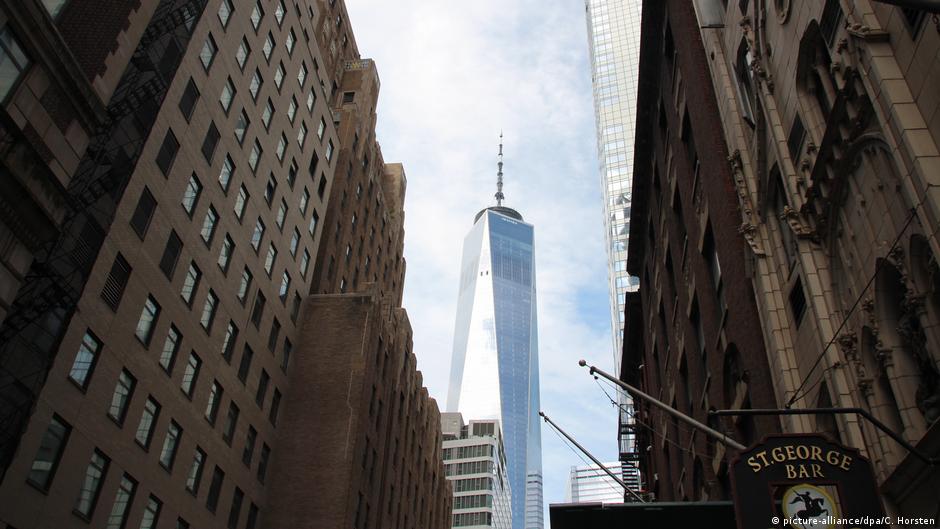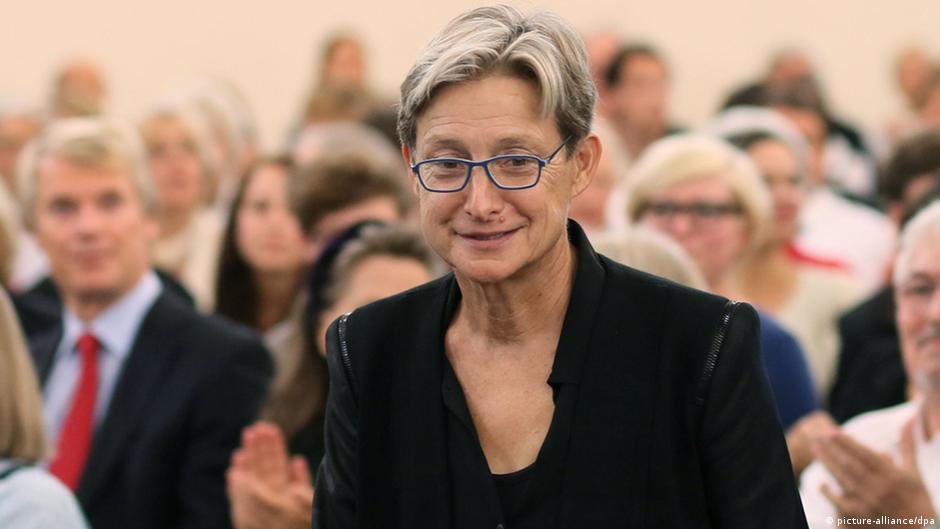Just In
- 1 hr ago

- 3 hrs ago

- 6 hrs ago

- 10 hrs ago

Don't Miss
- Finance
 IRFC, RVNL, IRCTC, Railtel: Railway Stocks In Focus As Election Polls Begin; Mega Rs 10-12 Lakh Crore Plan
IRFC, RVNL, IRCTC, Railtel: Railway Stocks In Focus As Election Polls Begin; Mega Rs 10-12 Lakh Crore Plan - Sports
 Al Nassr vs Al Fayha Live Streaming: Where to Watch Cristiano Ronaldo Saudi Pro League Match in India, UK, USA and Other Countries?
Al Nassr vs Al Fayha Live Streaming: Where to Watch Cristiano Ronaldo Saudi Pro League Match in India, UK, USA and Other Countries? - News
 China's Major Cities Experiencing Subsidence Risk: Study
China's Major Cities Experiencing Subsidence Risk: Study - Technology
 OnePlus Ace 3 Pro Leak Hints at New Design; Expected Launch, Specifications We Know So Far
OnePlus Ace 3 Pro Leak Hints at New Design; Expected Launch, Specifications We Know So Far - Movies
 Coachella: AP Dhillon's Tribute To Sidhu Moosewala Goes Viral Amid Guitar Controversy, Fans REACT To VIDEO
Coachella: AP Dhillon's Tribute To Sidhu Moosewala Goes Viral Amid Guitar Controversy, Fans REACT To VIDEO - Travel
 Journey From Delhi To Ooty: Top Transport Options And Attractions
Journey From Delhi To Ooty: Top Transport Options And Attractions - Education
 IIIT-Bangalore Introduces PG Diploma In Digital Product Design And Management
IIIT-Bangalore Introduces PG Diploma In Digital Product Design And Management - Automobiles
 Jawa Yezdi Expands Mega Service Camps To 32 New Cities, Focusing On Tier-II And Tier-III Regions
Jawa Yezdi Expands Mega Service Camps To 32 New Cities, Focusing On Tier-II And Tier-III Regions
20 Years Of September 11: Art About 9/11 Terrorist Attack By Al-Qaeda

On September 11, 2001, the Twin Towers of the World Trade Center fell victim to a terrorist attack. Al-Qaeda terrorists hijacked four passenger planes, flying two of them into the iconic skyscrapers. Two other hijacked planes crashed into the Pentagon and into a field in Pennsylvania. Nearly 3,000 people died, including many first responders who had rushed to the scene in downtown Manhattan to help. The terrorist attacks went down in history as a turning point in time, triggering the wars in Afghanistan and Iraq.
Now, 20 years later, the cultural world is still dealing with the events of 9/11. Works of architecture, visual arts, film and television are asking important questions such as "How can we mourn? How do you rebuild a city? What should have been done better?"
DW rounds up some of the most significant developments in the cultural realm.
Architecture: One World Trade Center, By Daniel Libeskind
Today, the site in Manhattan where the Twin Towers once stood is known as "Ground Zero". It now comprises a popular square, a memorial museum and the 94-storey skyscraper, One World Trade Center.

The One World Trade Center was originally designed by the American-Polish architect Daniel Libeskind, although the design has changed over time. "It is a very important project, because it's not over yet. Cities have a longevity," Libeskind told DW in an interview earlier this year. "It is now a neighborhood and it is thriving."
In the past, Libeskind said, the sidewalk was empty by 6 pm and the buildings stood silent after hours, "like dark tombstones of money." The area was part of the financial district and inhabited during the day by those who worked on Wall Street.
Now, however, there are restaurants, schools and apartments. "It's a neighborhood. It's no longer just this darkness," he added.
At the heart of Ground Zero the 9/11 Memorial & Museum, which features two reflecting pools at the location of the former foundations of the Twin Towers. Each pool is surrounded by bronze parapets that list the names of those who died on 9/11 and in the 1993 World Trade Center bombing.
Remembrance is an important part of Libeskind's work; he also designed Berlin's Jewish Museum.
Visual Art: New York 9/11, By Yadegar Asisi
Artist Yadegar Asisi, born in Vienna and raised in Halle and Leipzig in Germany, helped Libeskind realize his vision for the Ground Zero memorial.
Asisi specializes in 360° panoramas. His expertise helped Libeskind win the competition for the design of Ground Zero.

Today, Asisi is working on a new panorama, "New York 9/11," which is intended to enable visitors to immerse themselves in New York in 2001 — and to experience the five minutes before the first plane hit one of the Twin Towers.
"I put people in this position where they know that their lives are going to change within the next five minutes and the whole world with them, whether they like it or not," he told DW in a telephone interview.
It is rare, the artist elaborates, to have such a global moment of remembrance: Most people remember exactly where they were when the towers collapsed. "Remembrance only makes sense if it is emotionally charged, only then can it be used for or against something," Asisi explains.
He plans to embed his panorama in an exhibition that will focus on the consequences of the terrorist attacks. Personal decisions will feature in it, as well as global political decisions, such as those related to the wars in Afghanistan and Iraq. He takes a particularly critical view of the latter. He describes "New York 9/11" as his third anti-war panorama.

Film: Worth, By Sara Colangelo
Released on Netflix in the summer of 2021, the film Worth by director Sara Colangelo, starring Stanley Tucci and Michael Keaton.
Worth takes on the topic of 9/11 in a unique way. It tells the story of lawyer Ken Feinberg, who was hired to deal with the compensation claims of the relatives of the victims of the attack. The film is highly critical of the political decisions made by the US government after the terrorist attacks. Central to movie is the question: "How can one measure the value of a life?"
Colangelo puts the survivors of the 9/11 attacks in the foreground, and thereby creates a portrait of victims based on the memories of their partners, family and friends.
The film is not overly sentimental like Remember Me (2010), featuring actor Robert Pattinson. It doesn't glorify torture, as critics accused Kathryn Bigelow of doing in her 2012 film Zero Dark Thirty.
It also avoids prompting controversy related to conspiracy theories, like director Spike Lee's current HBO documentary NYC Epicenters: 9/11-2012 '. After a number of protests, Lee cut 30 minutes of the documentary due to its inclusion of conspiracy theories related to the attacks.
Worth succeeds in drawing a portrait of traumatized and grieving people who do not dream of revenge being taken, but simply wish that the memory of their deceased loved ones will live on.
Literature: The Force of Nonviolence, By Judith Butler
Literature is a common medium for dealing with the topics of grief and trauma in the US and around the world.
For example, US author Jonathan Safran Foer created Extremely Loud & Incredibly Close (2005), a modern classic about a young boy who lost his father in the attacks and wanders around New York City.

As one of the most important thinkers in the USA, Judith Butler, a professor of philosophy at Berkeley University, has been addressing the topic of 9/11 for the last two decades. In response to the terrorist attacks, she began to think about which lives in the US are considered worthy of mourning — and which are not.
In 2020 she published her latest book on the subject: The Force of Nonviolence. In it, she calls for a collective shift in thinking in a way that will prevent wars and make human lives truly equal, regardless of where the person lives, what their nationality is and what color skin they might have.
Twenty years after the terrorist attacks of September 11, the USA has changed in ways that are reflected in contemporary art and culture. Yet one thing is remains: the arts are still finding ways to mourn the horrors of 9/11.
Source: DW
-
 art cultureRenaissance Italian Painter Sandro Botticelli's Work Sells For $45 Million At Sotheby's Auction In New York
art cultureRenaissance Italian Painter Sandro Botticelli's Work Sells For $45 Million At Sotheby's Auction In New York -
 fashion trendsKylie Jenner Pulls Off The Dual Toned Bodycon Dress Like A Boss Lady As She Attends New York City Event
fashion trendsKylie Jenner Pulls Off The Dual Toned Bodycon Dress Like A Boss Lady As She Attends New York City Event -
 women17-Year-Old Payal Jangid Becomes First Indian To Win Changemaker Award For Fighting Child Marriage
women17-Year-Old Payal Jangid Becomes First Indian To Win Changemaker Award For Fighting Child Marriage -
 bollywood wardrobeBollywood Girls Priyanka & Deepika At New York Fashion Week
bollywood wardrobeBollywood Girls Priyanka & Deepika At New York Fashion Week -
 fashionDeepika Padukone Is A Rarity In Fashion, See For Yourself!
fashionDeepika Padukone Is A Rarity In Fashion, See For Yourself! -
 hair careThe 7 Best Hairstyles From New York Fashion Week
hair careThe 7 Best Hairstyles From New York Fashion Week -
 bollywood wardrobeNeha Dhupia Shows You How To Wear Monochrome Stripes Like A True Blue Fashionista
bollywood wardrobeNeha Dhupia Shows You How To Wear Monochrome Stripes Like A True Blue Fashionista -
 trends n styleExquisite Luxury Hotels In The World
trends n styleExquisite Luxury Hotels In The World -
 insyncJolie Against The Burning Of 'The Quran'
insyncJolie Against The Burning Of 'The Quran' -
 pulseMonkeys To Pick Up And Deliver Ballots!
pulseMonkeys To Pick Up And Deliver Ballots! -
 insyncGwyneth Platrow About Her Perfectionism..
insyncGwyneth Platrow About Her Perfectionism.. -
 insyncKelly Bensimon Mistook Beauty Gadget For A Vibrator
insyncKelly Bensimon Mistook Beauty Gadget For A Vibrator


 Click it and Unblock the Notifications
Click it and Unblock the Notifications



